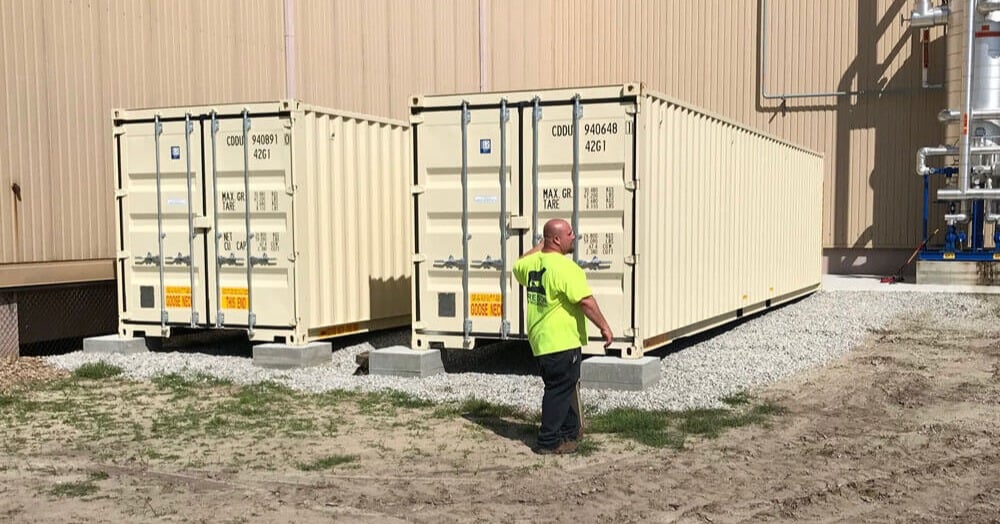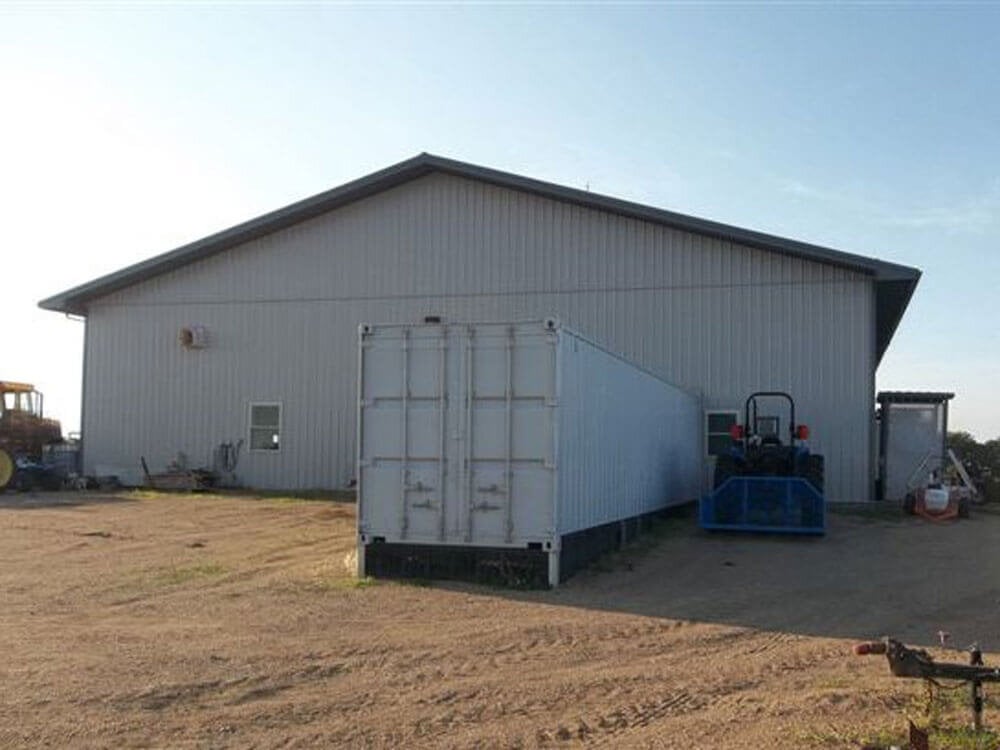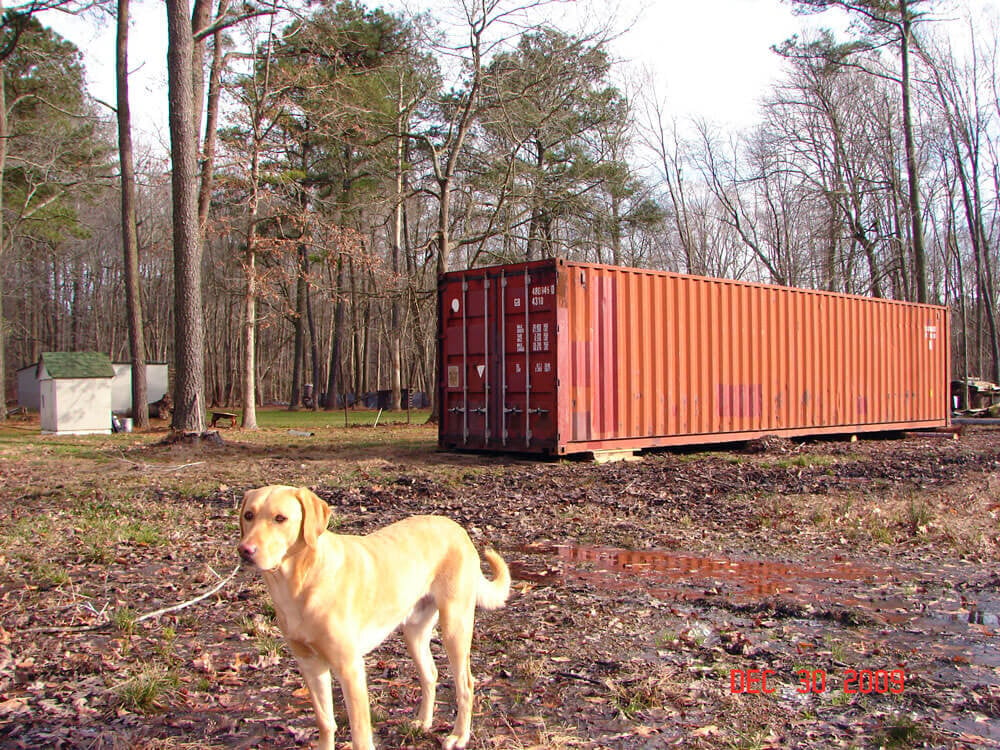You're out of room for business records, inventory, farm equipment, your stamp collection, or all the bargains you snagged at Costco. Or you have a huge plan for your container home/office/multi-use building/workshop. The bottom line is, you need space. And you think a container might do the trick. But how do you know for sure if a steel container is the right choice?







